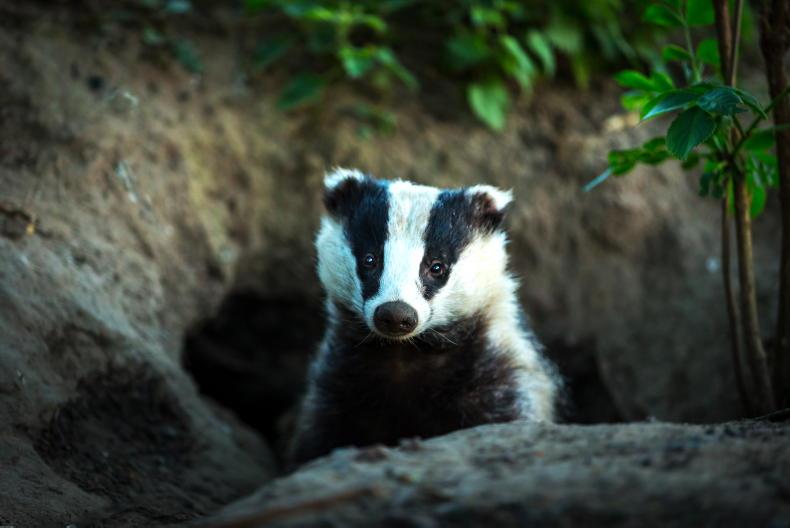The application of cutting-edge science has radically altered researchers’ understanding of the manner in which TB breakdowns take hold and spread.
Scientific developments are also helping to shine a light on how the interaction between livestock and wildlife influences the spread of the disease.
Whole genome sequencing of different TB strains has enabled scientists to build a more rounded and comprehensive picture of how the disease is introduced into an area and then spreads.
This technology enables scientists to identify particular TB strains and then locate them geographically to a particular region or area.
In addition, it allows researchers to trace changes in specific TB strains, as the disease moves from cattle to wildlife and back again.
Essentially, it is like putting a tracker on the disease and recording how it spreads across an area.
Cumbria study
The value of this technology was highlighted by a recent study in the northwest of England, where a major TB breakdown in Cumbria was examined. The findings of the Cumbria study were detailed in a scientific paper, which was recently published in the Journal of Applied Ecology.
East Cumbria was considered a low-risk area for TB up to 2014, when the first evidence of a breakdown emerged. However, by 2019, close to 40 herds in the area had reactors and there was a high incidence of TB in the local badger population.
Cattle imports from Northern Ireland were identified using genome sequencing technology as the likely source of the outbreak.
The genomic sequence of the TB strain confirmed Northern Ireland as the source
The strain of TB which caused the Cumbria breakdown was uncommon in England, but well-established in Northern Ireland.
While the exact animal or consignment of cattle that caused the breakdown was not identified, the genomic sequence of the TB strain confirmed Northern Ireland as the source.
Further research found that the strain had passed from cattle to the local badger population. Indeed, by 2018, infection rates among the local badger population averaged 11%, but hit a high of 21% in some areas.
Analysis
Analysis of TB samples from cattle at this time showed that the local badger population was effectively acting as a reservoir of infection for livestock. Genomic sequencing indicated that the disease strain prevalent in the area had migrated from cattle to badgers and back again.
This was a significant finding, as the scientific paper noted: "The evidence of transmission from badgers-to-cattle also supported the necessity of badger controls for cattle disease management. This is a crucial consideration, given the extensive controversies regarding badger controls in the United Kingdom."
However, the adoption of genome sequencing of TB strains has broader implications beyond confirming the role of badgers in spreading the disease.
By enabling researchers to identify and geographically locate specific strains of TB, genomic sequencing will ultimately assist authorities in managing and controlling breakdowns.






 This is a subscriber-only article
This is a subscriber-only article










SHARING OPTIONS: